Basic attitude instrument flying – the foundation for IFR flight
Flight Training Central
FEBRUARY 22, 2024
There’s a reason why basic airplane attitude instrument flying comes first in any Instrument curriculum – it’s the foundation for everything else you’ll do in IFR flying. Within the normal speed range of an airplane, there are many combinations of power and pitch which will maintain altitude at different airspeeds.



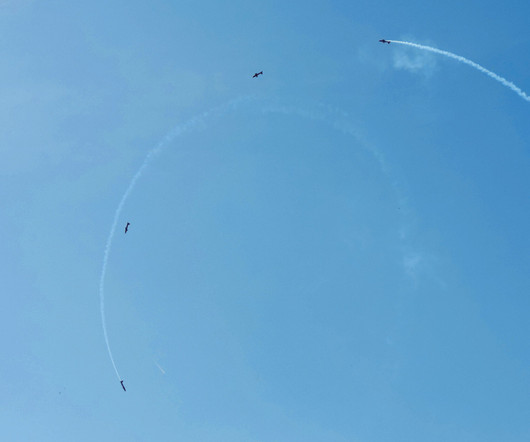

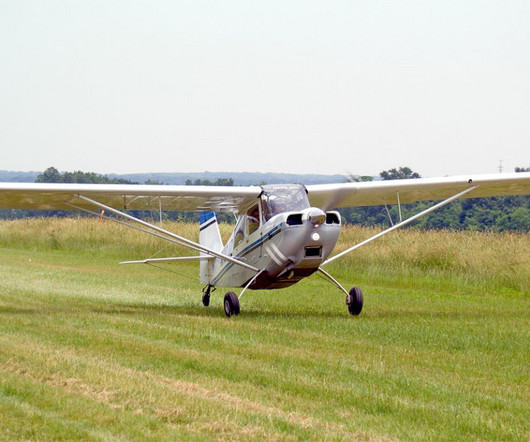

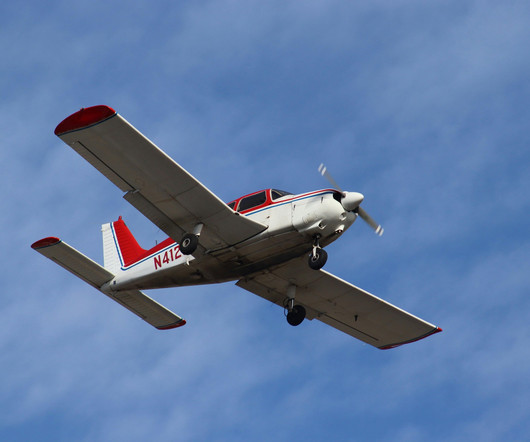
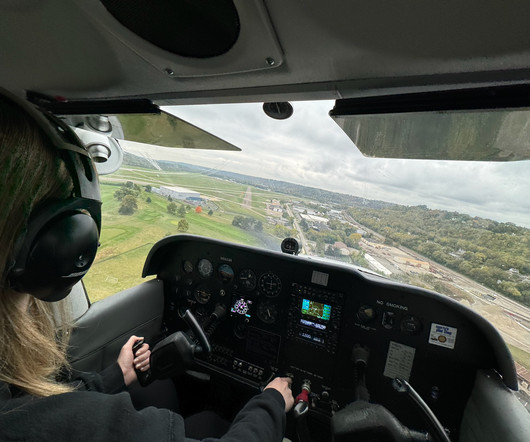


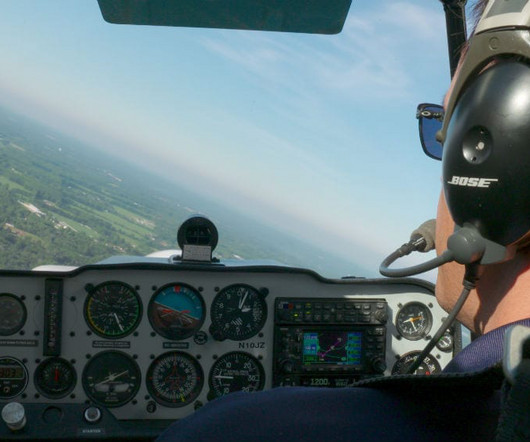



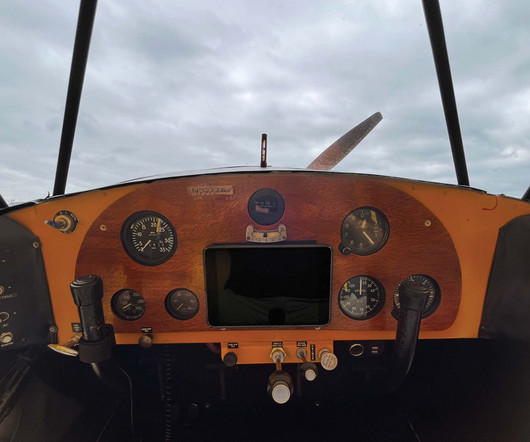
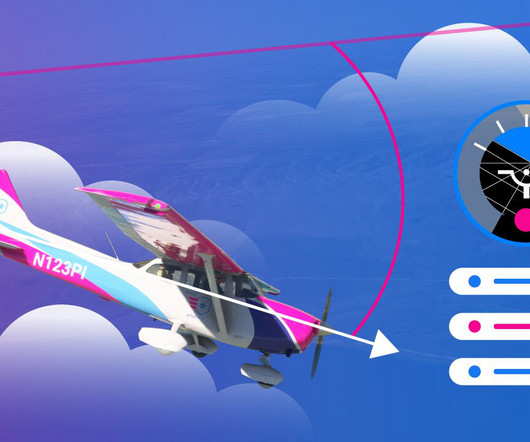








Let's personalize your content